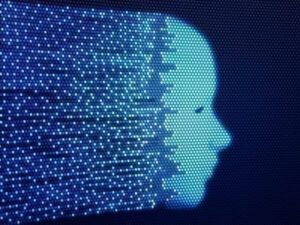
The General Services Administration (GSA) has unveiled plans to incorporate facial recognition technology into Login.gov, its unified sign-on platform for government e-services. This initiative, set to commence next year, also includes the introduction of a live video chat feature for identity verification.
The decision is a reaction to a previous damning report from the agency’s Inspector General, which highlighted false claims by the GSA regarding its digital identity proofing system’s compliance with the National Institute of Standards and Technology’s (NIST) Identity Assurance Level 2 standards. A GSA official later explained to Congress that its “key failing” was a lack of biometric technology.
Login.gov serves as a centralized portal enabling American citizens to access government benefits and services online. The platform, launched in 2017, has since been utilized by over 70 million individuals. It finds its application across at least one program or app in every Cabinet-level agency and extends its service to more than 40 federal and state agencies, facilitating access to unemployment insurance, online personal health records for veterans, among other services.
The new facial recognition and live video chat features are part of the GSA’s effort to realign Login.gov with the government’s digital identity standards as stipulated by NIST. The facial recognition technology, described as using “best-in-class facial matching algorithms,” aims to provide both virtual and in-person means for users to validate their identities securely while accessing crucial government benefits and services. The technology’s addition is envisaged to fortify Login.gov’s already robust anti-fraud capabilities, offering a more formidable identity verification solution amidst escalating identity fraud and cyber-attack threats.
These developments follow a period of scrutiny regarding facial recognition technology’s equity and potential bias, especially concerning skin tone and demographic differentials. The GSA had previously expressed reservations about employing this technology until a rigorous review assured its equitable deployment without harming vulnerable populations. However, the agency has since engaged in a study to make data-driven decisions regarding facial recognition, thus culminating in the recent announcement.
Additionally, the GSA maintains that the user data handled during the facial recognition process will solely be used for identity verification purposes, ensuring a privacy-centric interaction between individuals and the government. The one-to-one matching technique employed will compare selfies to the submitted ID of an individual, steering clear of the more contentious one-to-many matching technology.
The integration of facial recognition technology signifies a significant stride for the agency, which had earlier faced congressional scrutiny for misleading claims about Login.gov’s compliance with NIST standards. The move is anticipated to address the previously identified compliance lapses, thereby fostering enhanced security, privacy, and equity in digital identity verification for individuals interfacing with government online services.
Source: Nextgov/FCW
–
October 18, 2023 – by the FindBiometrics Editorial Team






Follow Us